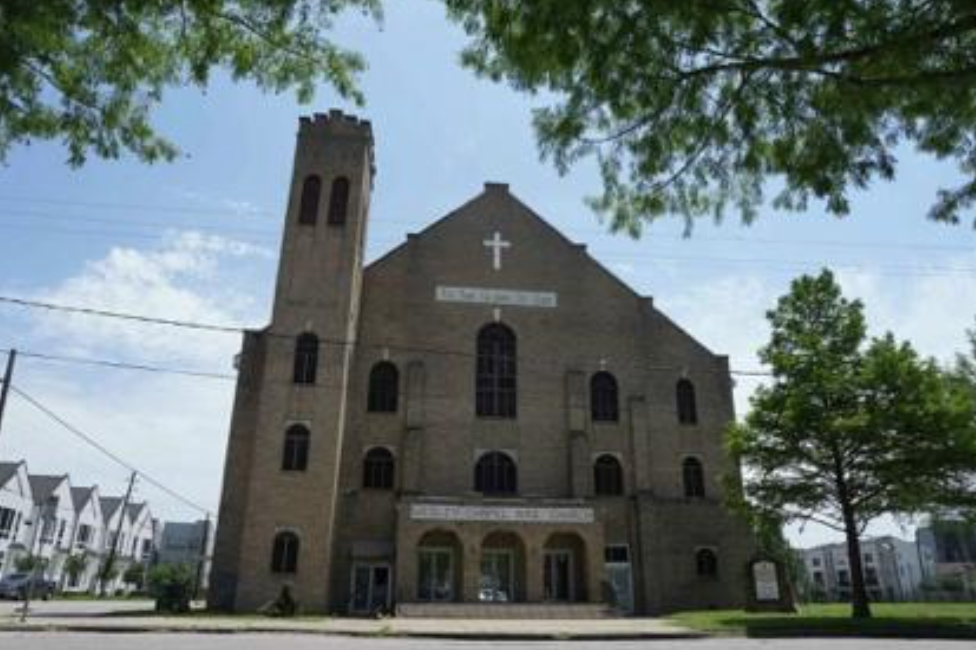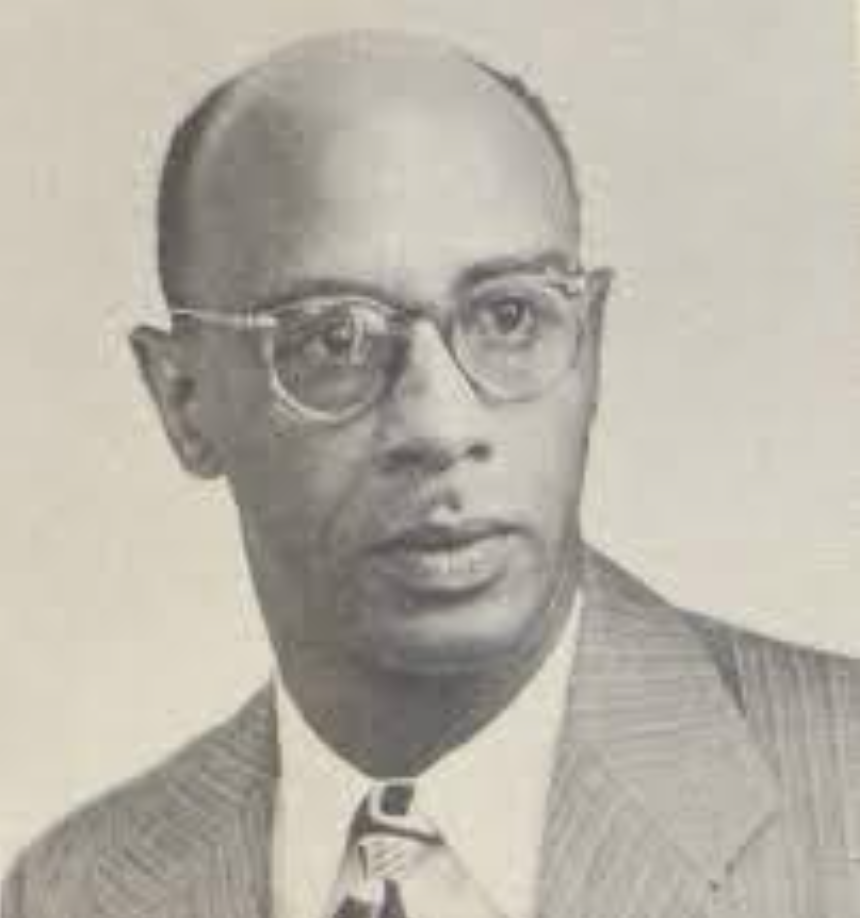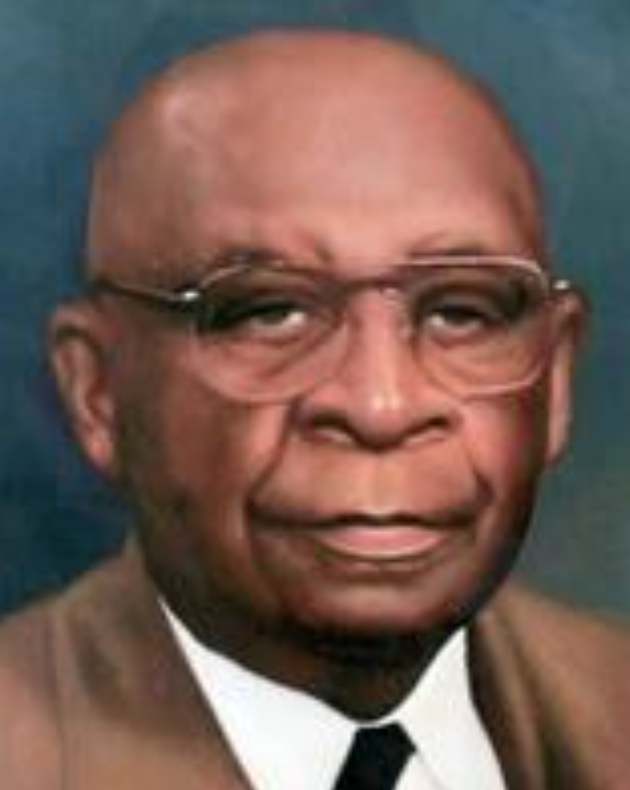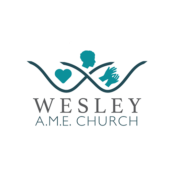The African Methodist Episcopal (AME) Church
God Our Father, Christ Our Redeemer, the Holy Spirit Our Comforter, Humankind Our Family” sums up the vision of African Methodist Episcopal Church. Rooted in the belief that all people are created in the image of God, the A.M.E. Church’s founding resulted from the first overt protest action in Philadelphia where African Americans challenged racial discrimination by walking out of St. Georges Methodist Episcopal Church.
The split from the main branch of the Methodist Church in began 1787 when Richard Allen, a free Black man and ordained Methodist preacher assigned to St. Georges, and a group of fellow worshippers of color responded to the un-Christian practices of oppression and the dehumanization of people of African descent perpetrated within the church.
Allen’s sermons had attracted new converts of various races, and as the number of Black worshipers increased, they were denied customary seats in the sanctuary and eventually restricted to the gallery.
One day, when Allen and other Black worshipers knelt to pray at the altar, they were forcibly moved by white church officials. In response, Allen and the Black members walked out of the church in protest.
Allen and his followers raised money to build their own church, Bethel Church, which was dedicated in 1794. Bethel Church later joined other eastern African American congregations in 1816 to form the African Methodist Episcopal Church (A.M.E. Church).
The Heritage of the A.M.E. name:
African: The church was organized in America by people of African descent who believe all humanity is created in the image of God.
Methodist: The church’s roots are of the family of Methodism, pioneered by John Wesley, with emphasis on a lived Gospel theology and spiritual growth for individuals and community through personal devotion to God, neighborly good works, and social justice.
Episcopal: The church’s form of governance is led by bishops.
Our Church History
-
1875 - A Foundation of Faith
The pioneers of Wesley held their first services in an old rope factory on the corner of Milam and Congress streets in Houston. From there, they organized and planned to build a church. Founded as “Wesley Chapel,” Rev. A.G. Moment was the congregation’s first pastor.
-

1906 – Upon this Rock
After purchasing property in Houston’s Third Ward at the corner of Dowling and Webster, the congregation built a new home known as “The Stone Church” or “The Rock Church.”
-

1906 - Building on the Rock
After purchasing property in Houston’s Third Ward at the corner of Dowling and Webster, the congregation built a new home known as “The Stone Church” or “The Rock Church.” Later in 1925, that building was completely demolished and a new church (above) was erected on the same site. During construction, the congregation worshiped for one year in The Old Jones Barn…a building that was also used as a movie theater, on the corner of Dowling and Tuam streets.
-

1940s and ‘50s – Fighting the Good Fight
As the meeting place for the NAACP, Wesley hosted the historic session in October 1945 when Wesley member Heman Sweatt agreed to take the lead in challenging the admissions policy at then-segregated Texas University Law School. The postal worker, represented by Thurgood Marshall, prevailed in the U.S. Supreme Court case that successfully challenged the "separate but equal" doctrine of racial segregation and paved the way for Brown v. Board of Education. Later, the Texas Southern Law School would be named after Justice Marshall.
-

1965 – 2002 Enduring Kingdom Cov.
Through more than a century of historical oppression, the Wesley congregation remained faithful, steadfast, and unmoveable with relentless support of pastoral leadership. Its longest-serving pastor, Rev. Dr. E.E. Coates (1965-2002), led Wesley to become the largest A.M.E. church in Texas, and in 1968 it built the first Affordable Housing Project in Harris County, Texas, Wesley Square, with a total of 252 family units.
-

2002 to present
Pastor Leo Griffin led the name change to Wesley A.M.E. Church, upgraded the church’s historical building, and expanded the congregation’s commitment to “Taking the Church to the People.” In addition, Griffin cast the vision to plant Wesley within the expanding growth pattern of metro Houston, purchasing property and making plans for a new building. After Griffin’s retirement, Rev. John F. White II and Rev. Maria Mallory White, in December 2023 assumed the mantel of pastor and co-pastor and began guiding the construction of Wesley’s new worship and ministry facility.
Join Us in Faith & Service!
Be a part of Wesley AME Church’s journey as we continue to grow in faith, serve our community, and uplift lives. Stay connected, get involved, and help shape the future of our ministry!
